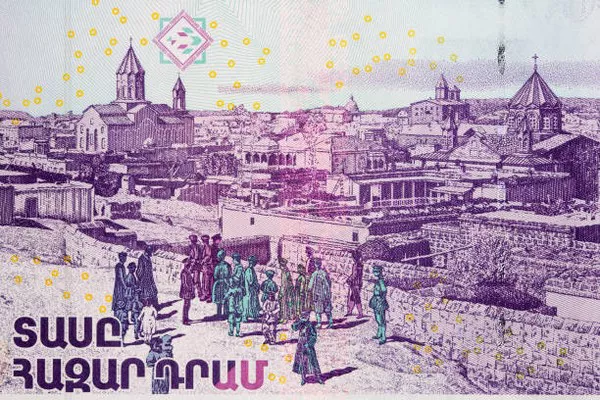When planning a trip to Armenia, one of the key considerations for savvy travelers is the choice of currency to bring along. While Armenia has its national currency, the Armenian Dram (AMD), there are various factors to consider when deciding which currency to take for your journey. In this comprehensive guide, we will explore the options and help you make an informed decision that aligns with your travel needs and preferences.
Understanding the Local Currency:
The official currency of Armenia is the Armenian Dram (AMD), and it is widely accepted throughout the country. When exchanging your money, it’s essential to be aware of the current exchange rate to maximize the value of your funds. Currency exchange services are available at banks, exchange offices, and even hotels in major cities like Yerevan.
U.S. Dollars (USD):
The United States Dollar is widely accepted in Armenia, particularly in tourist-heavy areas and larger cities. Many hotels, restaurants, and shops accept USD, and some may even display prices in both AMD and USD. However, keep in mind that while larger establishments may be comfortable with USD, smaller businesses in rural areas may prefer local currency.
Euros (EUR):
Euros are another widely accepted currency in Armenia, especially in urban areas and popular tourist destinations. Similar to USD, some establishments may accept Euros directly, and you can find exchange services that readily convert Euros to AMD. As with any foreign currency, it’s advisable to check the exchange rates and fees associated with converting Euros in Armenia.
Armenian Dram (AMD):
Using the local currency, the Armenian Dram, is the most straightforward option. By withdrawing money from ATMs or exchanging your currency for AMD, you can seamlessly navigate local markets, transportation, and other day-to-day expenses. It’s advisable to have a mix of cash and cards for convenience, as not all places may accept credit or debit cards.
Credit and Debit Cards:
Credit and debit cards are widely accepted in Armenia, particularly in urban areas and tourist destinations. Visa and Mastercard are the most commonly accepted cards, but it’s advisable to inform your bank about your travel plans to avoid any potential issues with card transactions. Keep in mind that while cards are convenient, having some local currency on hand is beneficial for places that may not accept cards.
Considerations for Currency Exchange:
Before settling on the best currency for your trip to Armenia, consider the following factors:
Exchange Rates: Research and compare exchange rates for your chosen currencies. Look for favorable rates and low fees to ensure you get the most value for your money.
Accessibility: Check the availability of your chosen currency in Armenia. While major currencies like USD and EUR are generally accessible, it’s essential to ensure you won’t face difficulties exchanging or using your preferred currency.
Local Preferences: Understand the local preference for payment methods. While larger establishments may accept foreign currencies, smaller businesses and rural areas may prefer transactions in Armenian Dram.
Emergency Situations: Consider having a small amount of local currency in case of emergencies or situations where card payments are not feasible.
See Also: Why Is Armenia Currency So High?
Conclusion:
Choosing the best currency for your trip to Armenia involves a careful consideration of various factors, including exchange rates, accessibility, and local preferences. While USD and EUR are widely accepted, using Armenian Dram for day-to-day transactions provides a seamless and authentic experience. Ultimately, a combination of cash and cards can offer flexibility and convenience, ensuring you have a stress-free and enjoyable journey in this culturally rich and picturesque country.


